Deadheading Ranunculus Can Help Them Bloom Better – But Careful Not To Prune Too Hard
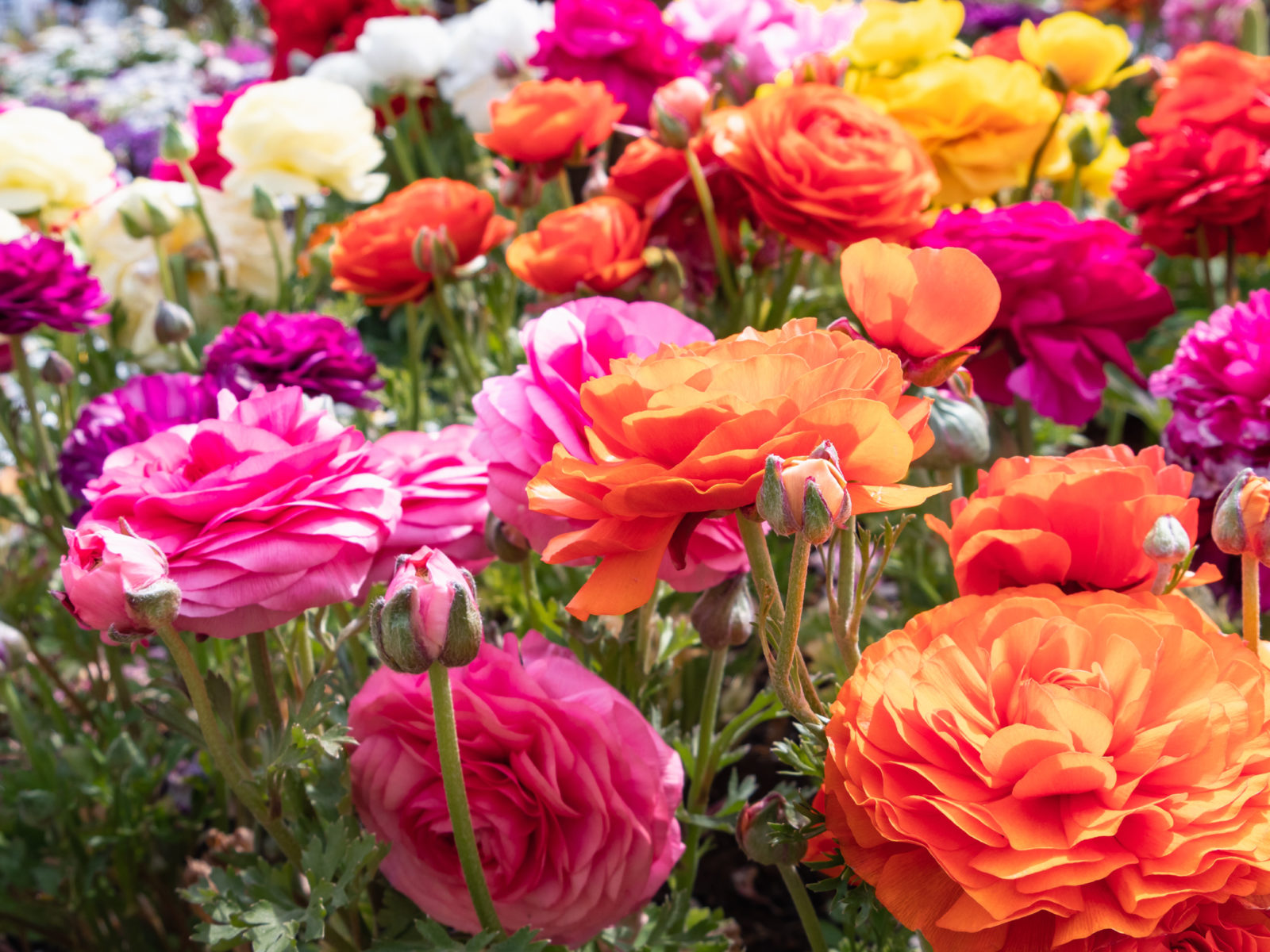
PERENNIALS > RANUNCULUS > PRUNING

Elizabeth is a Permaculture Garden Designer, Sustainability Consultant and Professional Writer, working as an advocate for positive change. She graduated from the University of St. Andrews with an MA in English and Philosophy and obtained a Diploma in Applied Permaculture Design from the Permaculture Association.
Reviewed By PETER LICKORISH

Peter is a Horticulture Lecturer and self-employed Horticulturist, with a passion for diverse areas of the industry - from garden design to the science behind plant growth and propagation. He has completed the Royal Horticultural Society’s Master of Horticulture (MHort) Award and lectures on RHS courses at Bedford College.
IN THIS GUIDE
RANUNCULUS GUIDES
Container Growing
Pruning
Ranunculus is a varied genus incorporating a wide range of flowering plants, commonly known as ‘buttercups’.
Many buttercups may grow in UK gardens, including native options like meadow buttercups, and common weeds or wildflowers like creeping buttercup.
These are low to no-maintenance plants, which require minimal care in British gardens.
As gardeners, however, there are a number of other ranunculus varieties that you might choose to cultivate, which do require a little more care.
The most popular of the non-native ranunculus is Ranunculus asiaticus, also known as the ‘Persian Buttercup’, or ‘Garden Ranunculus’.
These are popular florists’ flowers, commonly chosen for weddings and other special events and they look wonderful in the garden but are also excellent as cut flowers – with good longevity once cut.
| Difficulty | Easy |
| Equipment Required | Secateurs or gardening knife |
| When To Prune | Remove spent flowers as and when they appear |
Deadheading
Most garden ranunculus will bloom for longer and more prolifically if you deadhead the spent blooms.
This will encourage the plants to put their energy into flower production rather than on producing seeds.
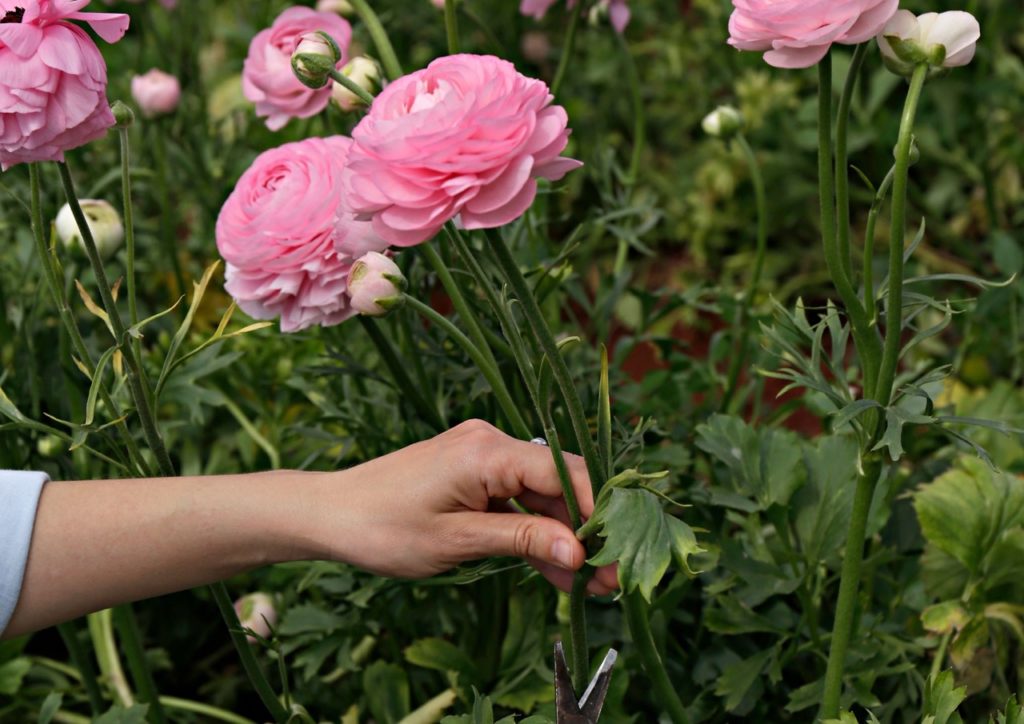
If you are not interested in collecting seeds to sow, deadheading can improve your flowering displays and give you more cut flowers for your home.
To deadhead ranunculus, simply snip off any stems that have finished flowering, or spent blooms on branching types, using clean sharp secateurs or a gardening knife.
Of course, if you cut flowers for displays inside your home, then you may not need to deadhead at all.
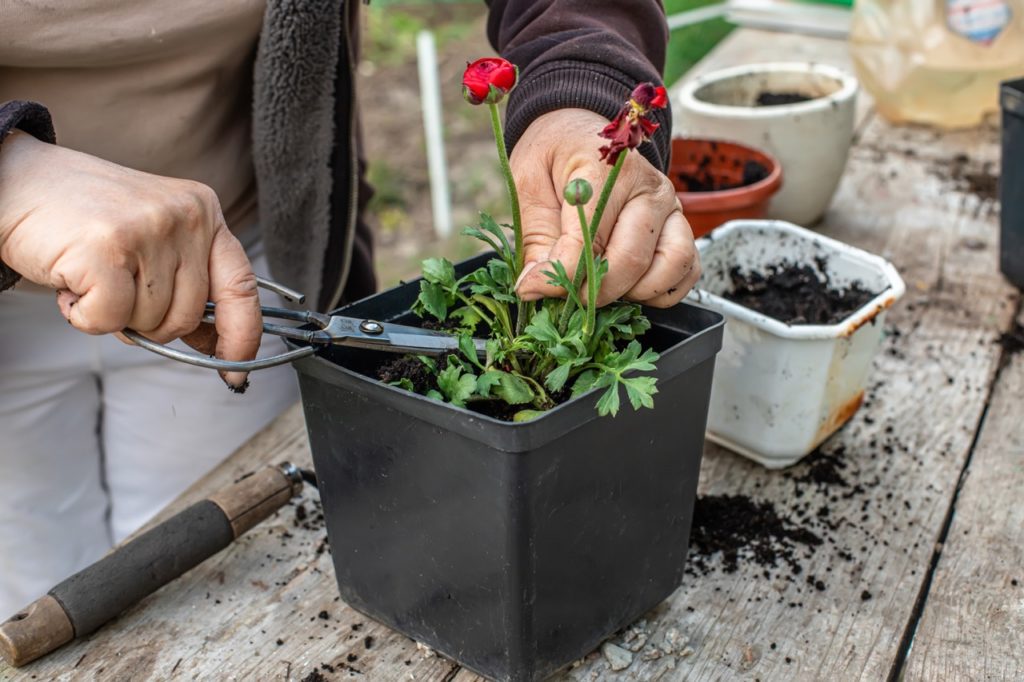
“Whilst for some plants, I recommend taking a little more growth off whilst deadheading to keep them compact, this is simply not the case with Persian Buttercups,” shares Master Horticulturist Peter Lickorish.
“Slicing cleanly to where a flower stem joins another or to a leaf is all that is required whilst flowering.
“After flowering, wait another six weeks as a minimum, before cutting plants to ground level ahead of their dormant period, if you decide to do this.”
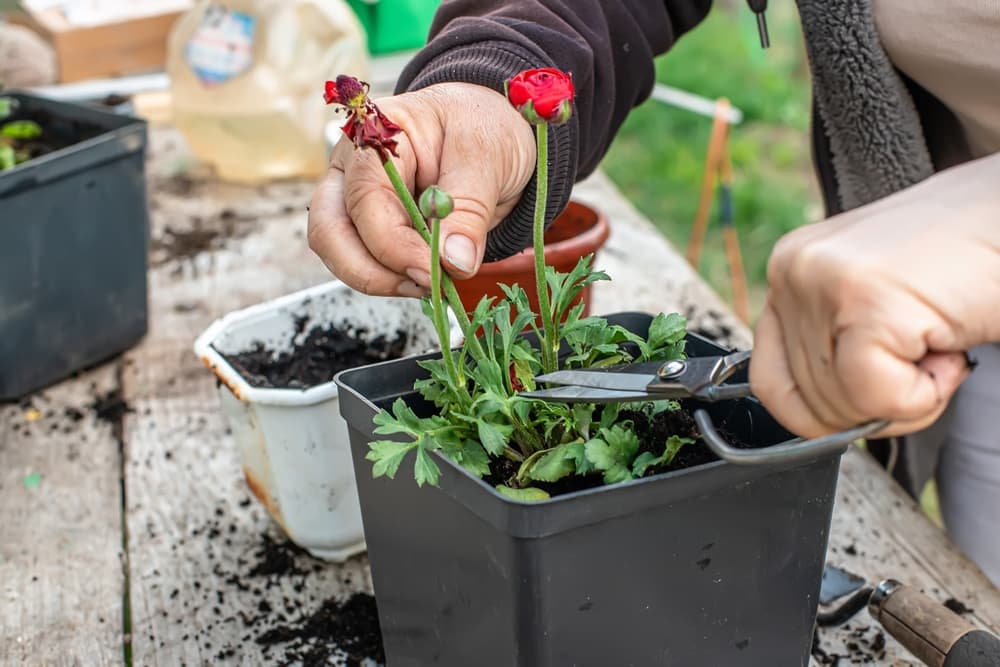
Pruning
Other than deadheading, ranunculus does not typically need to be pruned or cut back at all.
It is important to leave the foliage in place after the flowering has finished, as this foliage is still collecting energy which will be stored in the tubers over the dormant period and will allow for strong healthy growth and good flowering the following year.
Once the foliage has died back naturally, you can cut this right back to the ground.
However, it is generally best to leave this in place for the wildlife in your garden or to offer some protection from the cold to the tubers when growing in cooler regions or when growing in pots.
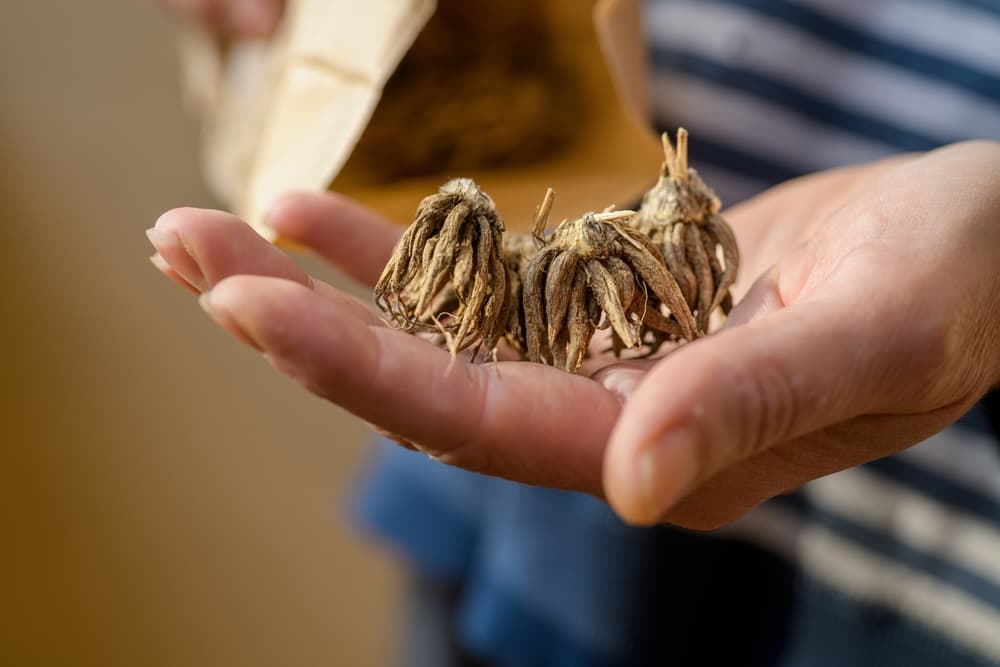
Some people will choose to lift the tubers over winter, to store them in a cool, dry place.
If you are doing so, you will cut the foliage back before you lift the tubers, but in most cases, this is not necessary and you can leave the plants in a suitable spot (in a greenhouse, polytunnel or a dry and sheltered spot outdoors).
